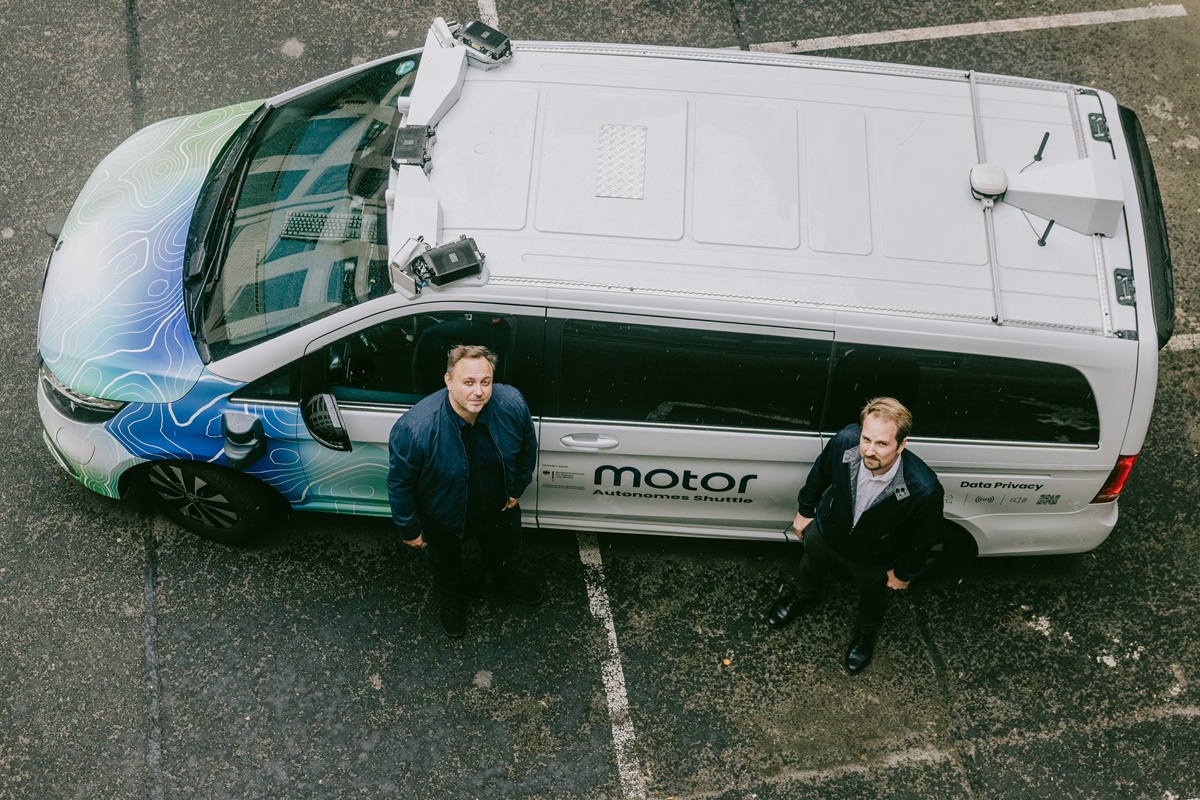After eight years of work, Motor Ai has raised $20 million for autonomous driving software that prioritizes compliance.
In a world racing toward autonomous vehicles, Europe has taken a different path where it is demanding not just performance, but a focus on explainability, safety, and full legal compliance.

Unlock premium content and VIP community perks with GB M A X!
Join now to enjoy our free and premium membership perks.
![]()

![]()